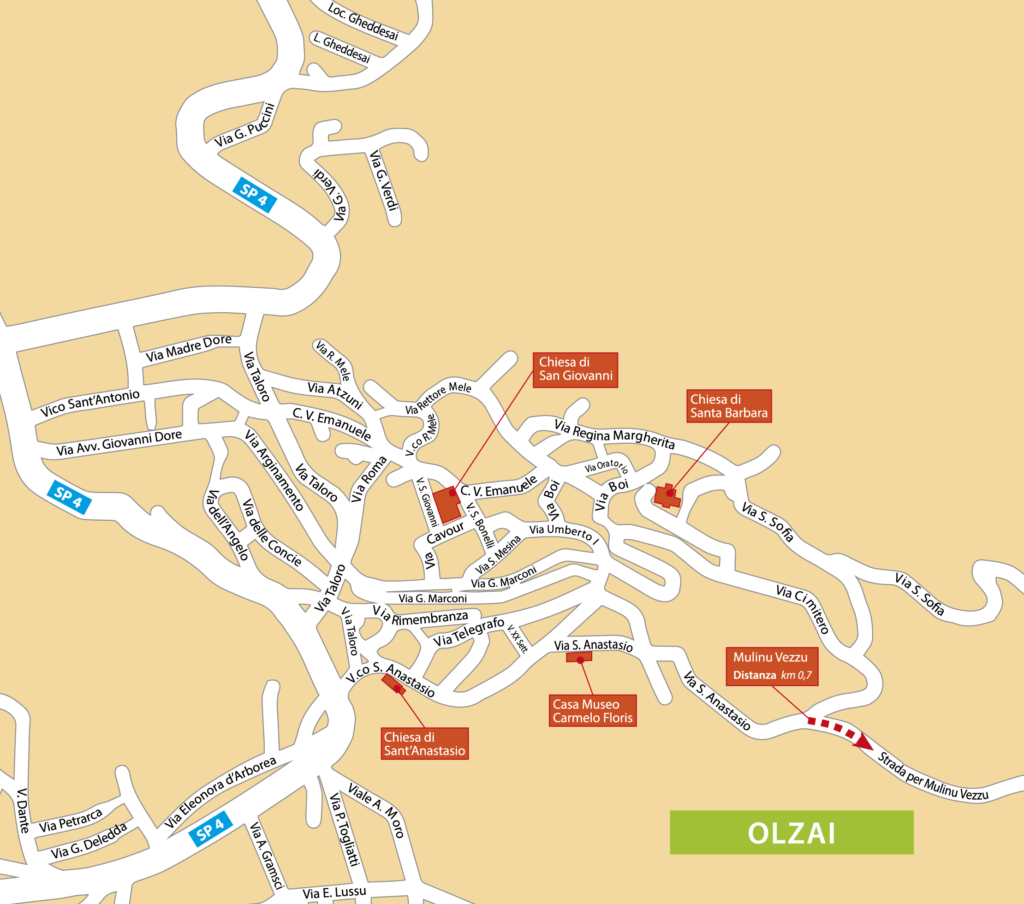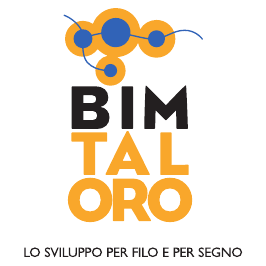The Church of Santa Barbara
This church was built between the 14th and 15th centuries in the Catalan Gothic style and was the town’s parish church until 1738 when it was transformed into the oratory of the Confraternity of Holy Cross. The surrounding area was used as a cemetery up to the end of the 19th century.
Located in the higher part of the village on an embankment created on a bluff, it enjoys a magnificent view of the village and the surrounding countryside.
Recent restorations have brought back the stony finish made in rough stone; the façade is characterised by a curved upper contour that lies above the arched portal whose stiles are made of small columns surmounted by tower-shaped capitals which are to remind Saint Barbara’s seclusion, imprisoned in a tower for being a Christian.
Symmetrical with respect to the portal are two buttresses that delimit the entrance steps while, on the left side, there is a low bell gable with a pointed mullioned window in which the bells and the entrance steps behind are located.
The interior of the church is divided into three naves, the central one with a barrel vault, the side ones with wooden roofs, while the presbytery consists of three side-by-side chapels covered by cross vaults with ribbings. The ribs in red trachyte highlight the numerous arches which separate the naves, some of which have Byzantine-style decorative elements and fretwork.
On the wall behind the main altar you can admire the magnificent post-1477 “Retablo della Peste” (Retable of the Plague) by the Master of Olzai. The painter was certainly an exponent of the Catalan-Valencian school of painting of which the best-known exponents on the island were, at that time, the Cavaros, a family of painters who for several generations held a workshop in Stampace.
According to oral tradition, the work was made to fulfil the dissolution of a vow expressed on the occasion of an epidemic plague, probably that of 1477. TheMadonna of the Milk is depicted in the centre of the panel and at her feet are the hooded brothers and sisters in prayer.
The side panels show various moments in the life of Jesus and, on the lower left-hand panel, there is an effigy of the Archangel Michael who is piercing a hellish-looking beast and is weighing the souls of the dead. This image is considered new and a precursor of the stylistic and thematic aspects which, while referring to the Catalan-Valencian school of painting, seem to anticipate new iconographic representations.
The feast of Saint Barbara, organised by the young people of the village, falls on August 26th and includes a procession that reaches the three churches along its path through the town.
Text by Laura Melis with the contribution of Lidia Siotto

 BIM TALORO
BIM TALORO